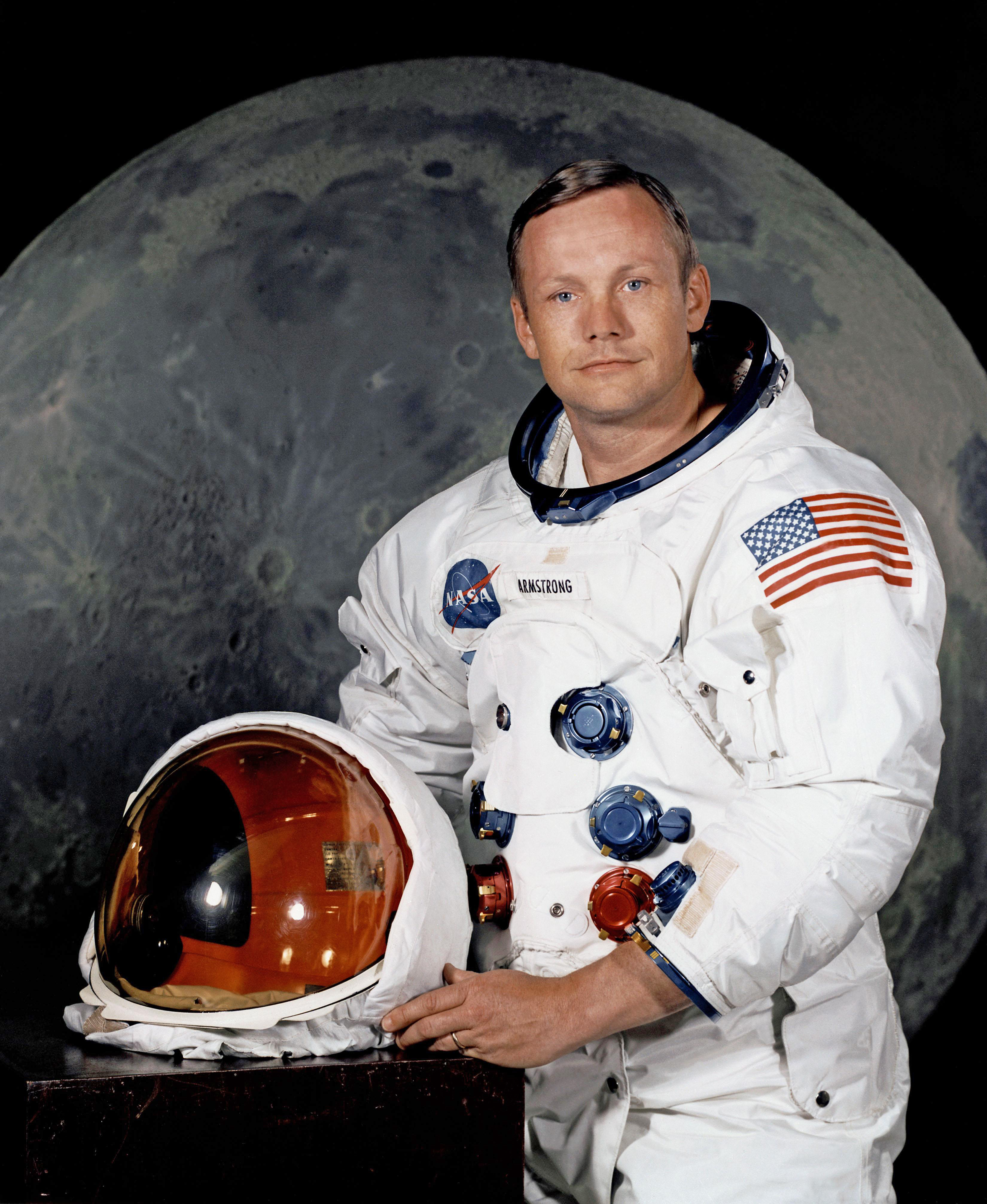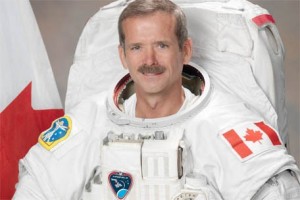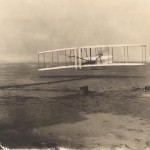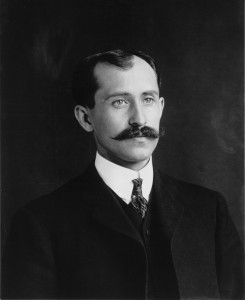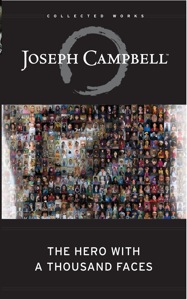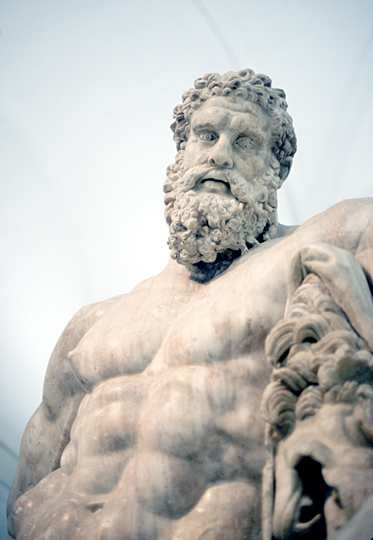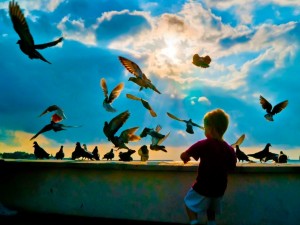 By Jaime Grace
By Jaime Grace
“Dad, will you tell me a story?” asked the kid with eager eyes being tucked in bed.
My father had a tremendous patience and love to offer, in the form of long and cozy bedtime stories. I used to hear them before slipping away into dreamland. Stories of heroes, suspense, drama and mystery in far away lands with deeds of great valour.
Those stories made a long lasting impression on my young mind and imagination, and opened the door to unsuspected future possibilities and adventures. As time went on and I grew up, those stories slipped into sweet childhood memories (also helped me to fill the gap of my father’s early departure from this life).
May The Force Be With You
Time went on. I was in my teenager years when something struck me hard and deep: I saw the first Star Wars movie. My young teenager mind could not explain but I could feel it. I left the cinema with wide open eyes, shining awe and adventure.
It was impossible to go to sleep or stop the mental storm of ideas that overlapped each other. The force was really with me.
― Ordinary World ―
Again time went on, I finished high school and went to university to study: psychology. When I got out of university life, my entrepreneur spirit kicked in, and after a couple of brief short jobs, I started my own consulting business of psychological assessments, profiling, recruiting and training for local and big multinational companies.
Life was good. Business grew and expanded to an office in Madrid and another in Lisbon with perspectives of further expansion to Africa or Brazil. At the time I could be considered prosperous with a beautiful girlfriend, nice apartment, a jeep, holidays abroad, appearance on radio and business magazines.
― Call to Adventure ―
Suddenly destiny struck. Success was no longer the driving force of my life. I was feeling uneasy, empty inside, like having a hole in my chest. My guiding direction was lost and the meaning with it. Very uncomfortable times.
My interests shifted from business to psychotherapy. It was like going back to the roots of my psychology course and I began to explore a more in depth, a more intimate and profound branch of psychology.
During this period I had a Kundalini Rising episode, characterised by boundless energy and insomnia. There was some bodily changes: higher temperature than normal, and a vibrating feeling all over my body. I could also feel fluxes of energy rising on my back, thorough my spine into my head. Gladly it was short lived and I could resume normal functioning.
The Therapy Call
At this moment in my life, I could not avoid the prospect of attending therapy (even my girlfriend was mentioning it) but nothing would do the trick. As a psychologist I was not eager to go with any other mainstream psychotherapist. I was too cocky but at the same time there was some truth in it. Most of the psychotherapists I found at the time where coming from a Behaviour Psychotherapy background, which I know is not the best approach in cases of existential or spiritual emergence. On the other hand the pure humanistic psychology ones lacked the spiritual dimension that I needed and wanted to embrace. What I sought would do the trick was a Jungian analyst, but there was none around. After a more thorough search, I finally found one, 135 km away, which was impractical for my needs. I surrendered then to the Transpersonal therapists that I could find on my town. The experiences varied, some ill prepared for the job, some too dogmatic in their spiritual agenda and some lacking the humanistic connection, relying to much on the techniques.
I reached the conclusion that I am going to learn what I need, and so I did: a year post graduation in Regression Therapy, in Lisbon, a year of Psychosynthesis, in East London University, and another year of Gestalt therapy in Lisbon again. During these years I met quite good therapists and learned a lot of what I was looking for and needed.
Some other courses would follow at Findhorn Foundation and others at the Foundation for Shamanic Studies.
The Wounded Therapist
I knew that my inner process was not over yet, but at least I was aware of it. I was still licking the old wounds, processing them, but having much difficulty with forgiveness, which was several times suggested by transpersonal therapists ignoring the fact that that doesn’t work for me. Only years later I made peace, touching ground with acceptance, and in a way forgiving myself.
The wound was still there and I learned from it. I became more in line with my heart, empathic and understanding. The wound made me more humane. This reminds me of a Jung’s quote about being a psychotherapist and being wounded:
Wounded Healer is a term created by psychologist Carl Jung. The idea states that an [analyst] is compelled to treat patients because the analyst 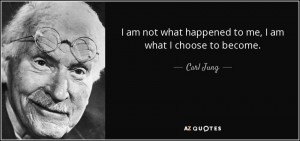 himself is “wounded”. The idea may have Greek mythology origins. Research has shown that 73.9% of counselors and psychotherapists have experienced one or more wounding experiences leading to their career choice. [from Wikipedia]
himself is “wounded”. The idea may have Greek mythology origins. Research has shown that 73.9% of counselors and psychotherapists have experienced one or more wounding experiences leading to their career choice. [from Wikipedia]
It was no longer possible for me to embrace wholeheartedly the role of being the boss of my own company. I wanted to move and give expression to the need of doing therapy and being a psychotherapist. This led me to the process of selling my consultancy business and embark in being a full time therapist, but there was something still missing.
― Finding the Mentor ―
I continued to read a lot of Jung’s work and be fascinated by it. Along came Joseph Campbell with “The Hero with a Thousand Faces”, the hero archetypes, and the knowledge of all the contemporary books and movies: Matrix, Star Wars, Lord of the Rings, Finding Nemo, Harry Potter, and others.
One day I was researching for a paper when I found an article called “Hero’s Journey: Ritualising the Mystery” by Paul Rebillot, part of a book written by Christina & Stanislav Grof. Rebillot’s article blew my mind. He had the audacity and courage to translate Campbell’s concept of the Hero’s Journey into a psychological personal journey of transformation and awakening, that could be done by anyone. What Rebillot had done was creating an experiential therapy framework, in the format of a workshop, much akin to the rites of passage but to be run in today’s contemporary society. This was the psychological equivalent to the fission of the atom. I felt so excited and exhilarated while some part inside me was shouting continuously “I want to learn this!”
Just by coincidence or should I say synchronicity, Rebillot was coming to Europe, to run a two week workshop, in less than two months. I emailed him but all the places were full. I was sad but I had not lost hope. A couple of days afterwards a person dropped out and I could book my place in the workshop (another synchronicity?).
I did the two weeks workshop and I was marveled by it, although it was difficult to explain to others, friends even, the sort of experience I went through. Difficult because our western society, has lost the connection to the cultural heritage and the transformational psychology of rites of passage. The Hero’s Journey experience I had, was mystical and also grounded, not run by a priest nor a shaman but by an experienced psychotherapist with inclination to Gestalt, Jung’s Deep Psychology and the work of the great mythologist Joseph Campbell. We were talking the same language, the language of transformative experience.
― Crossing The Threshold ―
After a year and half, after I attended the Hero’s Journey with Rebillot, I found the courage to run my own Hero’s Journey workshop with the support and help of close friends. After the workshop the feedback surpassed my expectations but even more, was what happened to the lives of the participants: one left his steady job and started his own company, another accepted a job offer on the other side of the Atlantic, another went to Italy. Their lives were never the same, and the most interesting thing was going to happen to me.
One day I was watching TV (I used to watch TV then) and a documentary about Arthur C. Clark’s life was on. It showed his normal day to day: scuba diving in the morning (which I love doing) and writing books in the afternoon on his veranda overlooking the Indian Ocean. Clark was telling how his story happened. One day he went on holidays to Sri Lanka fell in love with the place, went back to England an sold everything and moved totally to Sri Lanka. It was obvious to me that Clark had found his place in life. I mean a real physical connection to place that would support and inspire his work. Realising this was like taking a huge punch in the stomach from life, which was asking me: “and you Jaime, have you found your place?” This question was haunting me day and night and I had to come up with an answer. It was unavoidable.
After long mental scrutiny Australia appeared as an interesting option but I have never been to Australia. Would this be a wild goose chase that I was convincing myself into? While talking to some friends about this idea, I knew that a couple friend of mine were guesting another couple from Sydney, Australia, in less than a month (it was the first time they were visiting them). Cutting a long story short, I meet them and after two months, I was in Australia for a two week holiday, a kind of scouting tour, to know if the place was the right place for me to start a new life. The most incredible thing was about to happen. Something that I couldn’t predict. On the exact day when I arrived to Sydney, Arthur C. Clark passed away. Wow! Looking back, I started all this process of finding a new place, when I first saw Arthur C. Clarke’s TV documentary, and I witness his death on TV on the precise day that I arrive in Australia. What were the odds of this?
Went back to Portugal and sold every thing. While preparing to move to Australia, another idea began to form. Instead of going directly to Australia, I could do a gap year and embrace the opportunity of visiting all the places I always wanted to go and never had the chance, a kind of Personal Bucket List This gap year turn into almost two years, and took me to: Egypt, India, Singapore, Thailand, Indonesia, East Timor, Hong Kong, Japan, US, Belize, Guatemala, Brazil, Turkey, and finally Australia where I stayed for 4 years.
More things would happen in Australia.
— To be continued —
Jaime Grace, Psychologist — www.heroiccounseling.com www.jaimegrace.net
BIBLIOGRAPHY
2001: A space odyssey. Clarke A.C. Rosetta Books, (2012).
Spiritual emergency: When personal transformation becomes a crisis. Grof S., Grof C.JP Tarcher, (1989).
The Hero with a Thousand Faces. (1949) Campbell J. Princeton, NY (1972).
Like this:
Like Loading...
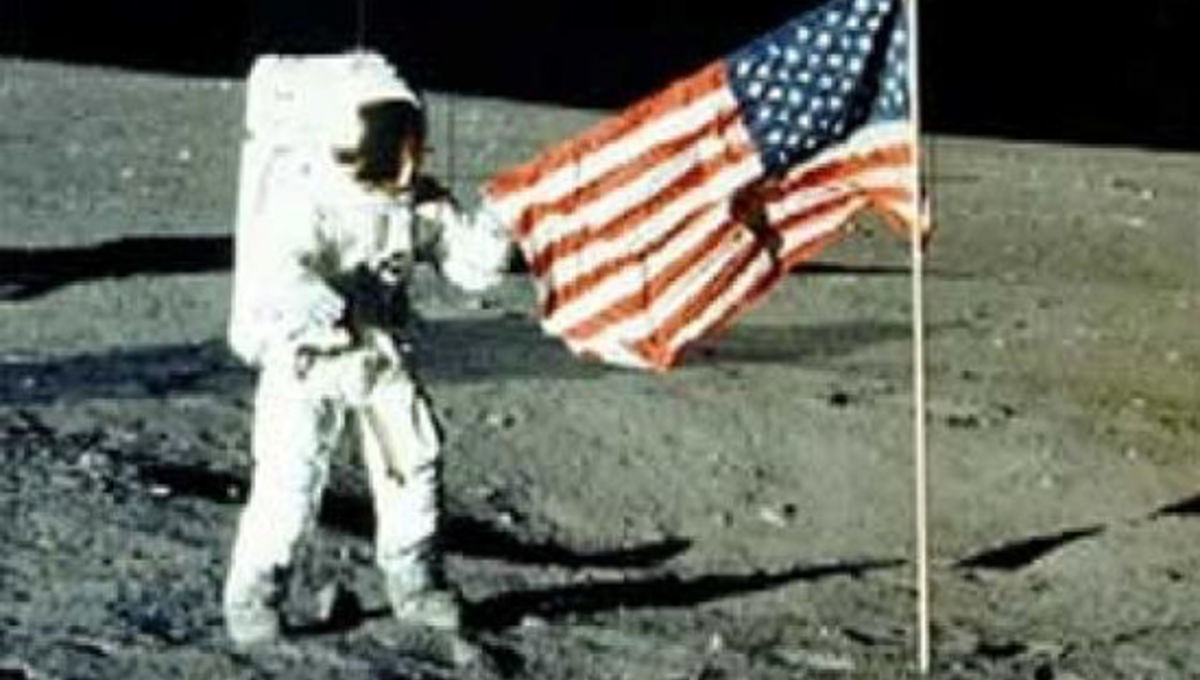 and eschewing the limelight. “Besides being one of America’s greatest explorers, Neil carried himself with a grace and humility that was an example to us all,” said Charles Bolden, a NASA administrator.
and eschewing the limelight. “Besides being one of America’s greatest explorers, Neil carried himself with a grace and humility that was an example to us all,” said Charles Bolden, a NASA administrator.